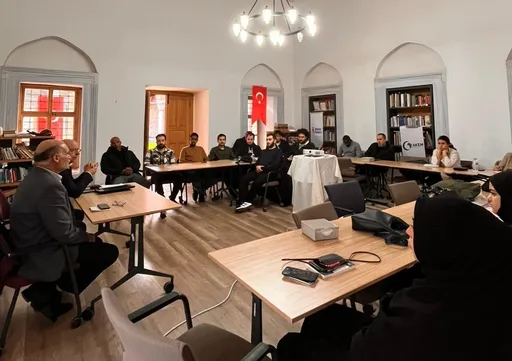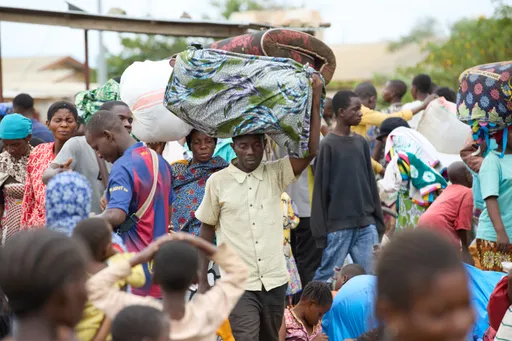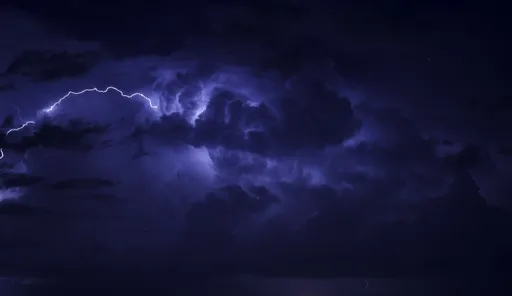By Brian Okoth
On Sunday, May 12, a major internet outage hit parts of East Africa and Southern Africa, with undersea cable problems cited as the cause of the disruption that affected millions of people.
Kenya, Rwanda and Mozambique were among the countries affected by the internet disruption.
International internet agencies said that a fault on the Eastern Africa Submarine Cable System caused the outage.
The affected cable is 10,000 kilometres along the east coast of Africa.
Nine landing points
It has nine landing points in Sudan, Djibouti, Somalia, Kenya, Tanzania, Comoros, Madagascar, Mozambique and South Africa.
Kenya's major telecommunications companies Safaricom and Airtel, as well as Uganda's MTN said internet connectivity would be affected because of undersea cable cut.
Now, how does internet reach your phone, personal computer or smart device via the undersea cable?
The submarine cables are pipes that carry signals over long distances at very high speeds using light technology. These pipes are laid in the sea to connect continents.
Servers
Given that most internet servers are hosted in North America, Europe or Asia, for you to access them, you would need a connection between your device and the servers.
A server refers to a computer that makes resources available to users over a network. Simply put, its main work is to serve you upon command, hence the name "server."
For instance, if you want to access Gmail, you would need a connection to Gmail servers, which are hosted abroad.
Without that connection, you would not be able to load the page.
All web pages hosted on servers
Now, your internet service provider, which can be your country's telecommunications company, plays a link role between your device and the servers that you want to reach.
When you load your Gmail page on phone, the signal is first received by your internet service provider via a wireless connection.
Your internet service provider then relays your command via the submarine cables to where your server is hosted, and once your command is received, you are allowed to access your desired platform such as Gmail, among others.
Note that all the web pages, including government portals, are hosted on servers, which are almost entirely accessed through undersea cables.
Cable cuts
This explains why when the submarine cables suffer a cut, internet problems are reported in areas that the cables serve.
As of early 2024, there were more than 570 submarine cables connecting the world. The cables had a total of nearly 1.4 million kilometres in length.
The cables are the size of normal hosepipes, and are laid in the sea by ships. They are covered by durable material.
Cables in the sea lie as low as the ocean floor, and are positioned away from danger zones such as fishing and ship anchoring areas. The cables near the shore are buried to protect them from damage.
Satellite
Companies such as Google, Meta, Microsoft and Amazon own the cables, whose life span is estimated to be 25 years.
Besides undersea cable, satellite is the other technology for internet connection, though only 1% use it globally.
➤ Click here to follow our WhatsApp channel for more stories.
























